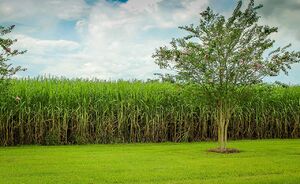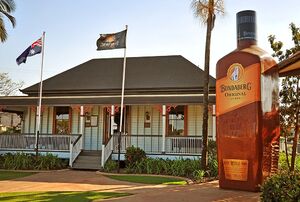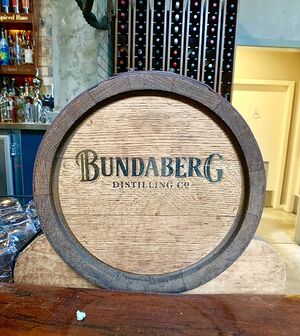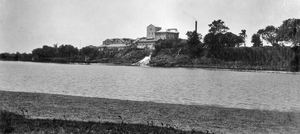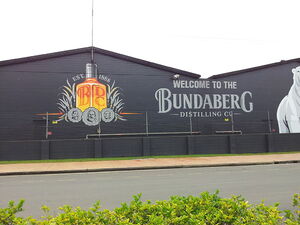- Profile
- Images
Location: Bundaberg, Queensland, Australia
Surnames/tags: Bundaberg Queensland Australia
Transcript.
The origin of Bundaberg's sugar industry dates back more than 100 years to the introduction of the Sugar and Coffee Regulations Act 1864. Faced with the high cost of importing sugar from overseas, the Colony wanted to find a way to encourage people to invest in sugarcane growing. The Sugar and Coffee Regulations Act of 1864, was introduced into the Queensland Legislative Assembly by Charles Coxen, member for the Northern Downs. The proposed regulations of the Act permitted persons or companies to select land suitable for sugar in lots ranging from half a square mile to two square miles.The introduction of the Act brought about a renewed interest in sugar cane growing and people raced to accumulate land up and down the coast of Queensland.
Bundaberg was founded in 1867, and before long the local pioneers had turned to Sugar-Cane as their favourite crop. By 1880, there were six Sugar Mills, and between 1882 and 1884, another twenty-four were constructed. By 1883, Bundaberg was supplying more than one fifth of the entire colony's sugar output. Local businessman Frederick Buss, suggested building a Distillery in 1885, and some of the excuses against were: no desire to encourage workers drinking habits/morally wrong. The Bundaberg Distilling Company was formed at Bundaberg, Queensland in 1888, to solve a problem with waste Molasses. The company began with nine original directors and £5,000 capital. They were:
- William Murray Cox Hickson, Rubyanna Plantation, d 1922, Warwick. 250 shares.
- S. Hylton Bravo, Woogarra.
- Frederick Lancelot Nott, Widermere Palntation
- William Gordon Farquhar, Hummock Plantation, d 1909, Bundaberg. 100 shares.
- M Duffy, J.P. Merchant.
- T. Penny. Millbank Plantation.
- W. Wooley - Woolley, Bergin & Co, 200 shares.
- W. E. Curtis, Auctioneer.
- J. C. McDougall, Cuba Plantation.
Others:
- T. Austin.
- S. McDougall.
- A. H. Young.
- Frederick Buss, 250 shares.
- James A. Grigg, 100 shares.
The 1890-3 Depression was the catalyst for a restructure of the company, after 40% of the shareholders wanted out.
Initial shareholders:
- Frederick Nott.
- John Gaylard.
- H. Palmer.
- A. P. Barton.
- J. S. Penny.
- Frederick Buss.
Directors of the new company:
- A. P. Barton.
- Frederick Buss.
- Frederick Lancelot Nott, Widermere Palntation
- J. C. McDougall, Cuba Plantation.
- J. S. Penny.
Manager:
- William Murray Cox Hickson, Rubyanna Plantation, d 1922, Warwick. 250 shares.
In 1898, Bundaberg Distilling Company had it's first credit balance.
In 2000, the Company was sold to Diageo
In 2010, Bundaberg Distilling Company was inducted into the QBL Hall of Fame.[1]
Sources
- ↑ "Queensland Business Leaders Hall Of Fame | Bundaberg Distilling Company". 2021. Leaders.Slq.Qld.Gov.Au. Bundaberg Distilling Company
See Also:
- Bundaberg Rum
- "Bundaberg Rum History Introduction". 2021. Bundabergrumshowcase.Com.Au. Showcase
- "William Gordon FARQUHAR, B. 28Th June 1842, Aberdeen SCOTLAND, D. 10Th June 1909... On Ehive". 2021. Ehive. William Farquhar
- Fairymeade
- Charles Coxen
- Login to edit this profile and add images.
- Private Messages: Send a private message to the Profile Manager. (Best when privacy is an issue.)
- Public Comments: Login to post. (Best for messages specifically directed to those editing this profile. Limit 20 per day.)

